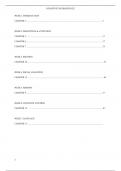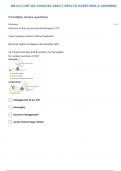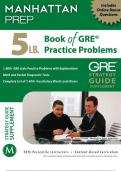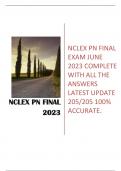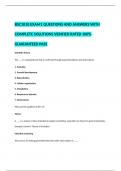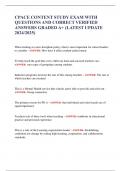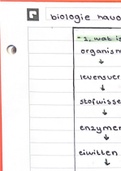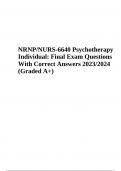Samenvatting
Volledige samenvatting van het Boek "Cognitive Neuroscience: The Biology of the Mind" 5th edition
- Instelling
- Radboud Universiteit Nijmegen (RU)
Ik heb voor het vak B&C3 alle verplichte hoofdstukken samengevat, dit is een goede aanvulling op de colleges aangezien niet alle stof wordt behandeld in de colleges. Het boek is erg belangrijk voor het tentamen en heb mede hierdoor een hoog cijfer kunnen behalen zonder herkansing!
[Meer zien]
